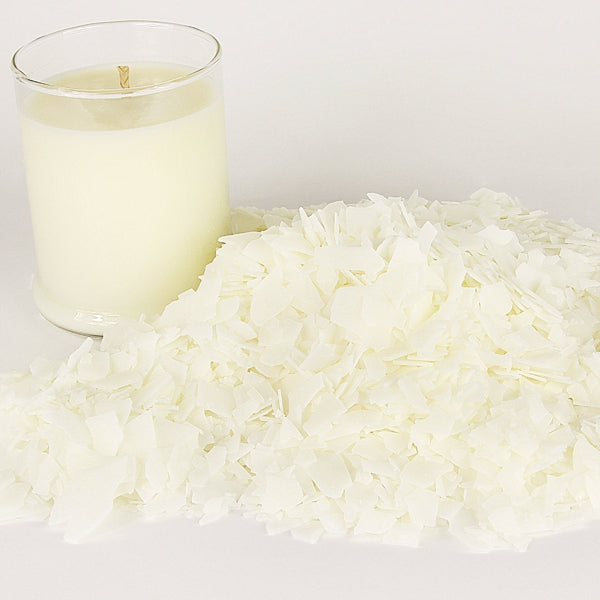From Wick to Wax: Understanding the Chemistry Behind Soy Wax Candles and Their Ecological Influence
As we brighten our rooms with the cozy radiance of candles, there lies a world of intricate chemistry behind the seemingly simple act of lighting a soy wax candle. Join us as we unwind the scientific details behind soy wax candles and explore their ramifications on our atmosphere.
Soy Wax Vs. Paraffin Wax
When contrasting soy wax and paraffin wax for candle making, it is essential to understand the distinct attributes and advantages of each material. Soy wax is an all-natural, renewable energy stemmed from soybean oil, making it environmentally friendly and naturally degradable - soy candles. On the other hand, paraffin wax is a by-product of oil refining, which raises concerns concerning its ecological effect and sustainability
Soy wax candles shed cleaner and emit much less residue contrasted to paraffin wax candle lights, making them a healthier selection for interior air quality. Additionally, soy wax has a lower melting factor, permitting a longer-lasting candle that distributes scent better. Paraffin wax, on the other hand, has a tendency to shed faster and less easily, possibly launching damaging chemicals into the air.
From a sustainability perspective, soy wax is preferred for its biodegradability and eco-friendly sourcing, straightening with the expanding consumer preference for eco mindful products. While paraffin wax has actually been a typical selection in candle making because of its cost and ease of usage, the change in the direction of environmentally friendly choices like soy wax is getting momentum in the industry.
Chemical Make-up of Soy Wax

Burning Refine in Soy Candles
The chemical composition of soy wax directly influences the combustion process in soy candles, impacting aspects such as burn time, aroma release, and ecological influence. When a soy candle light is lit, the warmth from the fire melts the wax near the wick.
The combustion effectiveness of soy candles is affected by the pureness of the soy wax and the top quality of the wick. A continue reading this clean-burning soy candle with a correctly sized wick will generate a constant fire and reduce soot development. This not only prolongs the burn time of the candle light however also enhances the release of scents. Additionally, soy wax candles have a reduced ecological impact contrasted to paraffin candles as a result of their eco-friendly and eco-friendly nature.

Environmental Benefits of Soy Wax

Thought about a sustainable choice to typical paraffin wax, soy wax uses notable environmental benefits that make it a preferred option amongst eco-conscious consumers. Soy wax burns cleaner and creates less soot than paraffin find here wax, contributing to much better indoor air quality and lowering the demand for cleansing and upkeep. In general, the ecological benefits of soy wax line up with the expanding need for lasting and environment-friendly items in the market.
Recycling and Disposal Factors To Consider
Reusing and proper disposal of soy wax candle lights play an essential role in preserving environmental sustainability and minimizing waste in neighborhoods and families. The first action is to make certain that the candle light has melted completely when it comes to reusing soy wax candles. This can be attained by permitting the candle to shed till the wick is no longer functional, and then allowing the remaining wax cool and strengthen. When the wax has actually strengthened, it can be meticulously removed from the container.

In regards to disposal, if recycling is not an alternative, soy wax candles are eco-friendly and can be safely thrown away in a lot of family waste systems. It is always suggested to examine with regional recycling centers or waste management services for particular guidelines on candle light disposal to guarantee correct handling and environmental security.
Final Thought
In verdict, the chemistry behind soy wax candles exposes their ecological advantages over paraffin wax candle lights. Soy wax, acquired from soybean oil, burns cleaner and creates much less soot when compared to paraffin wax.
When comparing soy wax and paraffin wax for candle light making, it is vital to comprehend the unique attributes and advantages of each product (home fragrance).Soy wax candle lights shed cleaner and release much less soot compared to paraffin wax candle lights, making them a much healthier selection for interior air high quality.Considered a lasting choice to traditional paraffin wax, soy wax offers noteworthy environmental advantages that make it a popular option amongst eco-conscious consumers. Soy wax burns cleaner and produces less residue than paraffin wax, adding to far better interior air top quality and decreasing the need for cleansing and upkeep.In conclusion, the chemistry description behind soy wax candle lights reveals their environmental advantages over paraffin wax candles